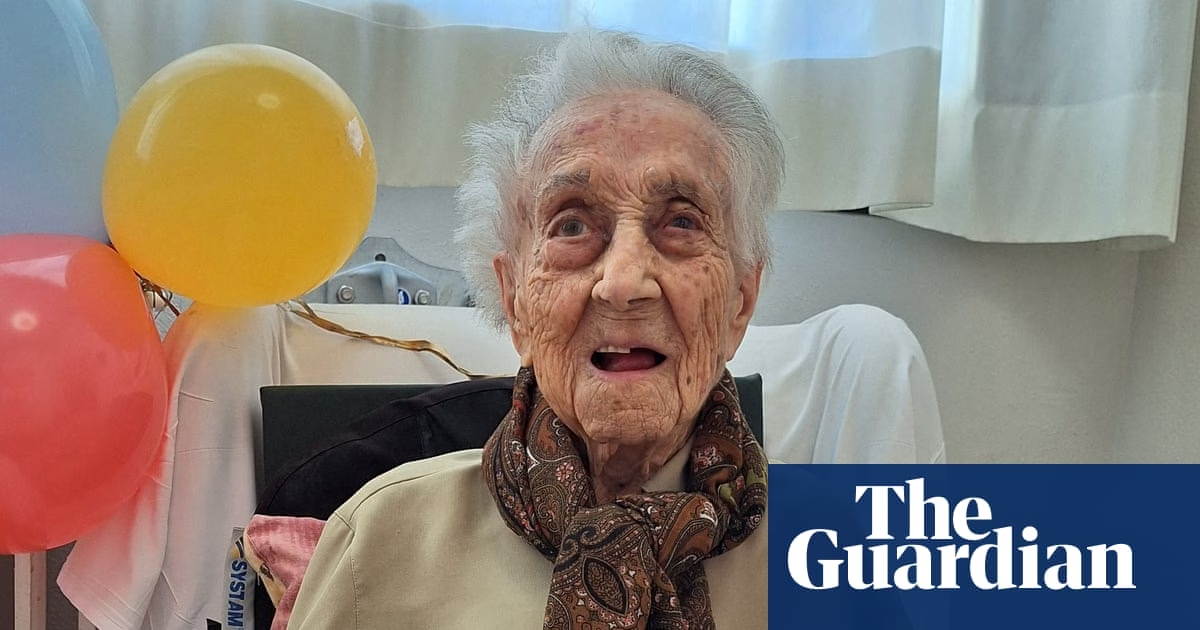Maria Branyas Morera, formerly the world’s oldest living person, credited her lengthy life to “luck and good genetics.” However, a study conducted before her death revealed that her cells behaved as if they were 17 years younger than her actual age, and her microbiota mirrored that of an infant. The study, led by University of Barcelona genetics professor Manel Esteller, found that her genes played a significant role in her longevity. Branyas lived through major world events like both world wars and the Spanish flu pandemic. She also contracted COVID-19 in 2020 and recovered relatively easily. Despite some minor ailments, she remained lucid until close to the end of her life. Esteller’s team also attributes her longevity to a healthy lifestyle, including a Mediterranean diet, avoiding alcohol and smoking, regular exercise, and a strong connection with family and friends. Esteller and his team hope that the study will provide valuable information for developing medications and treatments for age-related illnesses. Their findings challenge the belief that ageing and sickness are inevitably linked.
Source: https://www.theguardian.com/world/2025/mar/13/supercentenarian-aging-genes-study







